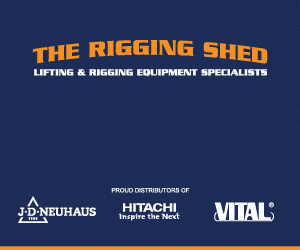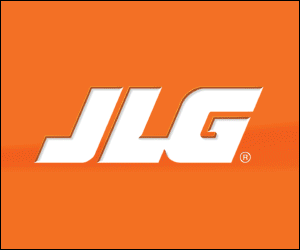)
Understanding AGV’s: Meeting the growing demand for logistics applications
Automatic Guided Vehicles (AGVs) refer to a range of driverless transportation robots – for example, computer-controlled materials handling vehicles. These vehicles are programmed to transport materials through designated pickup and delivery routines within a facility.
The AGV sector is constantly expanding, and these machines are commonly used in fields such as logistics and intralogistics.
Martin Broglia, managing director for Bonfiglioli Australia New Zealand explains, “AGVs answer to the call by modern manufacturers. Rather than using team members to transport goods and materials, AGVs are now entrusted as a fluid, efficient, safe, and precise way to do so.”
The vehicles are programmed to transport materials through designated pickup and delivery routes within a facility.
Too soon for AGVs?
While the term ‘driverless’ may seem ahead of our time, Broglia says that this is simply not the case. “This technology is advanced however it is easily accessible, scalable and modular – making it suitable to a range of applications, companies and sectors” he adds.
Logistics (and centralising logistics) is integral to the success of almost every business. Broglia says, “Moving products along the supply chain is the most important aspect of any product-driven business. By doing so efficiently, businesses improve their profitability, customer satisfaction and productivity.”
Covid-19 continues to accelerate the need for reshoring and shorter supply chains, putting strain on a business’s bottom line. “Bringing manufacturing home (and improving logistics) requires careful planning. One would need to hire more resources, invest in more technology, and dedicate a significant amount of time to the process. Based on this, we anticipate an uptick in the demand for AGV’s; staff can focus on adding value to the business, whilst AGVs seamlessly handle the transporting of goods.”
AGV advantages include:
- Shorter and faster product cycles.
- Increased manufacturing flexibility.
- Increased ergonomic and safety.
- Reduced labour costs.
- Increased accuracy and productivity.
- Easily expandable layout and system capacity.
- They enhance workplace safety by eliminating related accidents caused by human error.
- They perform tasks in dangerous environments such as handling hazardous substances, working in extreme temperatures, and moving heavy materials.
Over the past few years, Bonfiglioli has developed many AGVs solutions on the international market.
These solutions are developed with high levels of customisation, which requires – right from the initial design phases – in-depth interaction between the customer and the Bonfiglioli team to ensure that all the required specifications and variants are known.
“Internationally, our company is integrating various technologies and product classes like motion control, HMI, new generation inverters, synchronous reluctance motors, permanent magnets motors and precision planetary gearboxes. This represents only a part of our complex reality” comments Broglia.
“Currently these solutions are imported from head office in Italy and comes with the backing of a technical team. We are monitoring the market demand and will respond accordingly with local stockholding, should our customers have this requirement,” he concludes.









